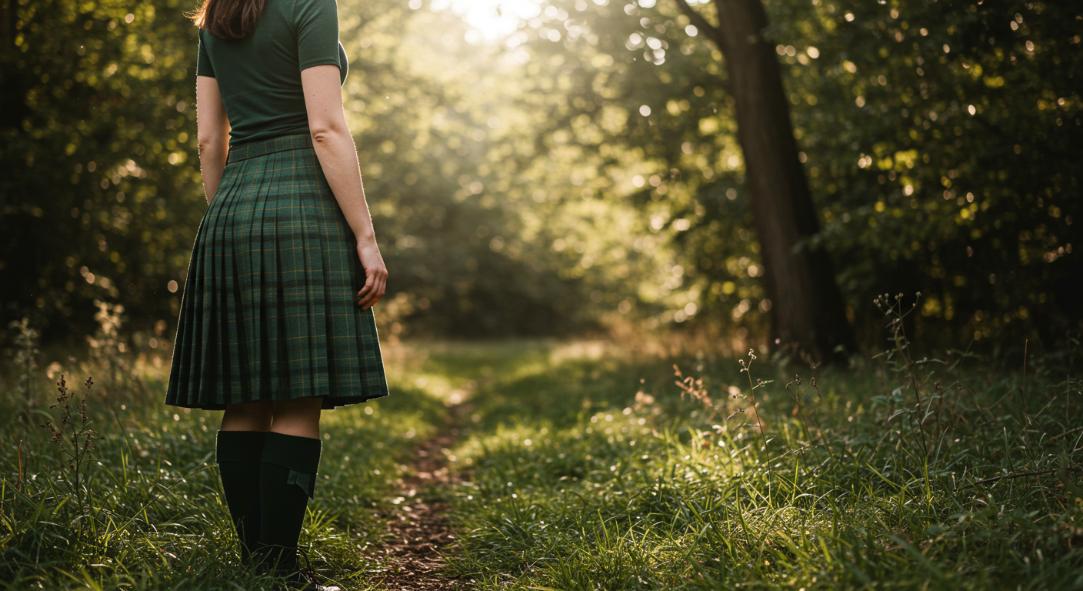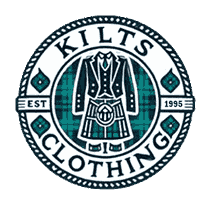Tartan Kilts and Sustainability: How Women’s Kilts Are Leading the Way in Eco-Friendly Fashion

The fashion industry is transforming, with sustainability becoming a key priority. More consumers are seeking ethical and eco-friendly options, and traditional garments like tartan kilts are adapting to meet this demand. Tartan kilt women's are leading the way sustainably by incorporating eco-conscious materials, ethical production methods, and slow fashion principles. This blog explores how tartan kilts align with sustainability and why women's kilts are at the forefront of the movement.
The Intersection of Tradition and Sustainability
Tartan kilts have always represented longevity and durability. Unlike fast fashion items that wear out quickly, artisans traditionally craft kilts from high-quality wool built to last for generations. It makes them a natural fit for sustainable fashion. Today, designers are merging tradition with innovation by introducing environmentally friendly fabrics and ethical production processes while maintaining the cultural significance of kilts.
The sustainability of kilts also lies in their minimal waste approach. Many kilt makers follow a made-to-order model, reducing excess production and minimizing fabric waste. This shift aligns with the slow fashion movement, emphasizing quality over quantity.
Eco-Friendly Materials in Modern Women's Kilts
Sustainability starts with the materials used in clothing. Designers now craft tartan kilt for women utilizing a variety of eco-friendly fabrics.
1. Sustainable Wool
- Wool has been a primary material for kilts for centuries. Ethical wool sourcing focuses on humane sheep farming and regenerative agriculture to reduce environmental impact.
- Many brands ensure their wool comes from farms, prioritizing animal welfare and sustainable land management.
2. Organic and Recycled Fabrics
- Some modern kilts use organic cotton or recycled polyester blends instead of traditional wool, offering vegan-friendly alternatives.
- Manufacturers repurpose recycled wool and fabric scraps to create new kilts, minimizing waste.
- Vegan Alternatives
- Manufacturers are introducing plant-based textiles like bamboo and hemp into kilt manufacturing.
- These materials require less water and pesticides compared to conventional cotton and wool, making them an environmentally responsible choice.
Ethical Production: How Women's Kilts Are Leading the Way
Beyond sustainable materials, ethical production is a crucial factor in eco-friendly fashion. Tartan kilts for women are leading the way in the following areas:
1. Fair Trade and Local Craftsmanship
- Many kilt brands prioritize local artisans and fair wages, upholding fair trade principles.
- Supporting local craftsmanship helps reduce carbon footprints associated with global supply chains.
2. Slow Fashion vs. Fast Fashion
- Women's kilts emphasize quality craftsmanship over mass production.
- Investing in a well-made kilt means fewer replacements over time, reducing textile waste.
3. Minimal Waste Practices
- Some kilt-makers are adopting zero-waste cutting techniques to minimize excess fabric.
- Brands are also incorporating upcycling methods by reusing materials from older garments.
The Role of Women in Promoting Sustainable Kilts
Women play a significant role in the sustainable fashion movement. From consumers demanding ethical choices to female designers leading eco-friendly innovations, women are reshaping how kilts are produced and worn.
- Women as Trendsetters: Fashion-forward consumers prioritize sustainability, and women's kilts are evolving to meet this demand.
- Empowering Female Artisans: Many kilt-making brands support female-led workshops and businesses, encouraging economic sustainability.
- Advocating for Change: Women in fashion use their platforms to advocate for transparency in production and responsible sourcing.
Styling a Sustainable Tartan Kilt
Eco-friendly fashion doesn't stop at choosing sustainable clothing—it extends to how you style and care for your garments. Here are some tips for wearing a sustainable tartan kilt:
- Pair with Ethical Fabrics: Choose shirts and blouses from organic cotton, linen, or hemp.
- Opt for Sustainable Accessories: Leather alternatives, recycled jewelry, and handmade sporrans add eco-friendly flair.
- Wash Responsibly: Use cold water and biodegradable detergents to extend the life of your kilt.
- Repair Instead of Replace: When your kilt needs mending, seek a tailor rather than discarding it.
Where to Find Sustainable Women's Kilts
For those looking to invest in a sustainable tartan kilt, here are some factors to consider:
- Eco-Friendly Brands: Research brands that use ethical materials and follow sustainable practices.
- Certifications: Look for third-party certifications such as Fair Trade, GOTS (Global Organic Textile Standard), or OEKO-TEX.
- Custom-Made vs. Ready-to-Wear: Custom kilts may have less environmental impact than mass-produced alternatives.
Conclusion
Women's kilts are not just a symbol of heritage but also a representation of how tradition and sustainability coexist. With eco-friendly fabrics, ethical production, and a growing movement toward slow fashion, kilts are setting a new standard for sustainability. You are making a statement about style and environmental responsibility by choosing a sustainable kilt.
As more designers and consumers embrace sustainable kilts, the future of eco-conscious fashion looks promising. Whether you wear a kilt for cultural pride or modern style, eco-friendly choices contribute to a greener world. Choose sustainability, choose quality, and wear your kilt with confidence!


